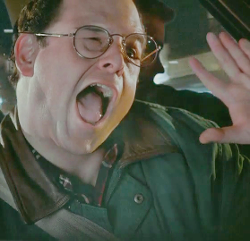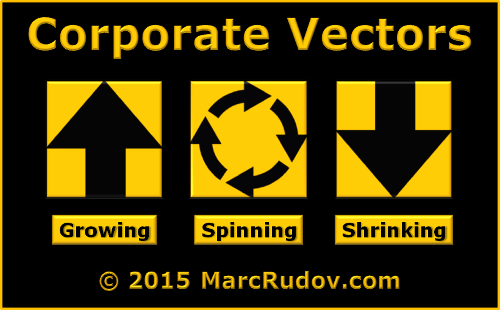In the panoply of perpetual panaceas, disruption is the latest boardroom obsession — but not for companies with strong brands. Branding requires constant customer cognizance.
Gurus, books, and seminars abound, admonishing CEOs to “disrupt” their companies before new competitors, fads, or trends — real or perceived — beat them to it.
Alas, in our “follower” culture, where critical thinking is rarely demanded or employed, blind conformity trumps buzzword skepticism.
What is disruption? Is disruption for you? How do you know? The answer always depends on the problem and its severity. Amputate a leg to cure a headache? I doubt it.
Think of an unruly classroom. Someone has disrupted it. Is that what you want, given how tough it is to manage your firm, even in the best of times? Would you prefer your enterprise become a chaotic entroprise?
People Hate & Resist Big Changes
 CEOs must question why they should interrupt their businesses, disturb their organizations, or fundamentally transform their enterprises.
CEOs must question why they should interrupt their businesses, disturb their organizations, or fundamentally transform their enterprises.
Disruption has a cost. People hate and resist big changes, which, in most cases, are completely unnecessary.
Let’s say, while driving or flying to a destination, the driver or pilot realizes he’s off-course (this is a perfect metaphor for corporate life).
Would he react by slamming on the brakes and hooking an abrupt u-turn — thereby smashing his passengers’ faces against the windows? No, he would make a sequence of incremental course corrections — tweaks — to reverse the mistake.
Now, if the driver is being chased by an armed murderer, or the pilot by an enemy fighter, he will do whatever is necessary to survive — including sudden braking and abrupt u-turns. If a CEO’s job is to save a company from near-extinction, disruption is mandatory. Otherwise, it is not.
Corporate Vectors
Disruption is not a one-size-fits-all remedy, despite what you read in the business press or on Twitter. Like everything else in life, it depends.
The CEO must assess her corporate vectors to determine if gutwrenching disruption is the correct course of action. Specifically, is her company growing, spinning in place, or shrinking — and why? Knowing the “why” is crucial.
Frequently, the fix is easy, painless, and cheap. If, however, one ignores the problem long enough, the fix will be difficult, painful, and expensive.
To wit: cable companies are shrinking — not because of disruption but because of arrogance and stupidity: for years, they mistreated and gouged their customers. Common sense is not common: respect and reasonable prices prevent turmoil and upheaval.
Had they engaged in continuous, incremental tweaking — including offering various bundles of programming, pricing, and transmission — they’d have earned and maintained invaluable loyalty, and squashed cordcutting.
Instead, the cable companies now are scrambling to keep subscribers; the media mavens are crying, disruption.
As I stated long ago: The cost of panic greatly exceeds the cost of preparation. Alas, many are willing to pay that price.
Parting Advice to CEOs
Assuming your enterprise is not in crisis, not in danger of cratering, disruption is not for you. Your course correction, therefore, should be incremental, continuous, and immediate. And, it must include building a strong brand.
Never put your employees and customers through preventable, costly turmoil and upheaval. If disruption is for you, branding has not been your priority.
POSTSCRIPT #1: JCPenney Makes Comeback by Tweaking, Not Disrupting
POSTSCRIPT #2: McDonald’s Makes Comeback by Tweaking, Not Disrupting
© 2015 Marc H. Rudov. All Rights Reserved.
About the Author

Marc Rudov is a branding advisor to CEOs,
producer of MarcRudovTV, and author of four books


